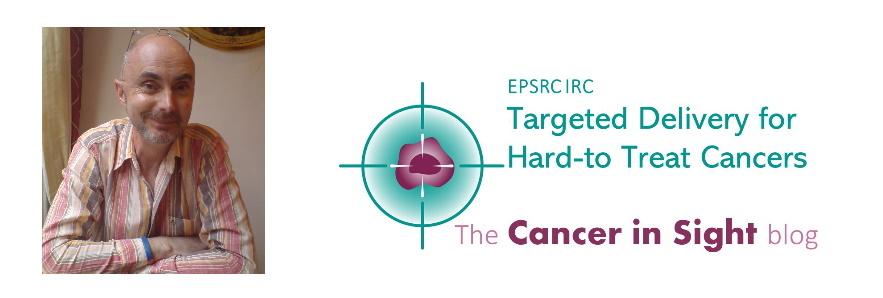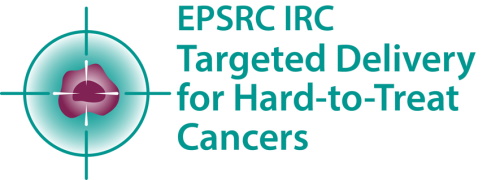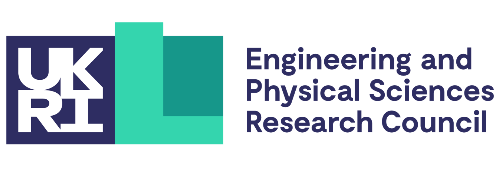
Stephen Lee has lived with the brain cancer glioblastoma since his diagnosis, aged 51, in 2010 – just four months after the death of his brother from the same disease. In this extended Cancer in Sight blog, Stephen shares his experience of being diagnosed, undergoing surgery twice, volunteering for a clinical trial – and looking forward to the future.
It was a normal Monday when I developed a headache and pain behind my right eye while at work. I don’t get many headaches, so it was odd. A colleague gave me two paracetamol, but nothing changed so I called my wife, Margaret, to let her know I was leaving work early and would pick her up in the car on the way. I was happy to head home and get to bed but Margaret insisted we drove to Salford Royal Hospital, near to where we both worked. We live in Leyland in Lancashire and it was close to our normal drive home. I think the recent death of my elder brother, David, from a brain tumour was behind her decision, which turned out to be the right one.
At the hospital I became violently sick and started to have difficulty coordinating movements. Things progressed quickly. A scan confirmed a brain tumour but, unlike David’s, my tumour was caught early and was small and operable. Surgery was booked for the following Wednesday.
Brain surgery and beyond
My first surgeon spent a lot of time talking things through with me and Margaret. During the operation he took out as much of the cancer as he could, but to get to the brain tumour he had to remove part of my right temporal lobe. There have been consequences from the surgery – I am a little slower to process information and my spatial skills aren’t as good, but I have strategies to help me focus, like counting the steps as I go up and down the stairs at home. I’d have been killed many times if it wasn’t for Margaret stopping me from stepping out into traffic – I’d look but still go to step out despite the moving cars. I learned to touch type in the Royal Navy and that skill has been reduced.
I’d like to personally thank the researchers, clinicians, and other volunteers. I’ve benefitted from past clinical trials to make sure the chemotherapy and radiotherapy I was given was safe and effective. These people are my heroes and I congratulate them for choosing to do what they do and being dedicated to making a difference.Stephen Lee
When my first tumour was removed, I remember a discussion with my oncologist, who is a wonderful person and has been fantastic throughout. She asked Margaret and I if we wanted to know the prognosis. We said no – and finished the meeting with Buzz Lightyear’s words ‘to infinity and beyond’. But as we walked out through the door, I realised that, to get through this, I needed to put it into context by thinking of another challenge I’d faced in my life. My instinct was to think back to my time in the Navy. I’d not seen conflict but there were times during leadership training when I first joined that I thought I wasn’t going to be able to get through a task. But you dig deep and you do get through it. That established my mind set.
It’s very important to keep the brain active when you have been diagnosed with a brain tumour. The body is a wonderful machine and, after the first surgery, I thought my brain could rewire itself. One way to make it rewire is to use it more – don’t stop just because you have been diagnosed. I use a dictionary now to re-learn words I’ve forgotten. I listen to music, play games on my mobile phone, read and do the cryptic crossword in The Daily Telegraph which all really help.
Dealing with a diagnosis
Having seen what happened to my brother, who died within 12 months of his diagnosis, and knowing what we could be facing, Margaret and I agreed that we would try to stay in the moment, take one day at a time, base decisions on facts and cross bridges when they needed to be crossed. We wanted to maintain a positive attitude and enjoy every day – and many of them, hopefully – together.
My original thought was to get back to work at Trafford Council where I ran the Workstep programme and other training initiatives. I think it was a form of denial – press the button and pick up where you left off. But in the end, we decided to take early retirement. Margaret gave up her career in the civil service to care for me. In my view, it’s important to view glioblastoma as a potential opportunity to change your way of life, to go off in a totally different direction. We decided to enjoy our lives together for however long that’s going to be. First thing we did after the operation, before chemo and radiotherapy started, was go on a barge holiday. Then we travelled around Europe and I even got my driving licence back – until the tumour decided to put in an appearance in September 2014.
Recurrence of the tumour
I had my second surgery in 2015. My surgeon used ultrasound during the operation and was able to remove far more of the tumour this time round. It was good that they used a different technique – it indicates progress.
It’s important to have reliable information to make decisions and source support and The Brain Tumour Charity has been brilliant. They have information, support and advice for both patients and family members and the Charity also funded the clinical trial of the cannabis-based drug Sativex which I volunteered for in 2015. The trial assessed whether adding Sativex (an oral spray containing cannabinoids THC (tetrahydrocannabinol) and CBD (cannabidiol)) to chemotherapy could extend life and improve quality of life for people with a recurrent glioblastoma brain tumour, which currently has an average survival of less than 10 months.
Volunteering for a clinical trial
I wanted to give back and do something that could help people diagnosed in the future to have better treatment and even live longer. Surviving 11 years beyond my diagnosis makes me the exception rather than the rule. Treatment of glioblastomas remains challenging and even with surgery, radiotherapy and chemotherapy, nearly all of these brain tumours re-grow within a year, and unfortunately there are very few options for patients once this occurs. Average survival is just 12-18 months from first diagnosis. My brother Dave died within a year of his.
The Sativex trial was for 12 months, and I took Sativex alongside standard chemotherapy treatment (temozolomide) on a three-weeks on and one-week off basis. On the weeks off I just took the Sativex spray. That was easy as the bottle was the size of a lipstick so it was very portable. We would plan trips on those weeks, and it worked brilliantly. We went to watch the Davis Cup in Glasgow and saw Andy Murray beat John Isner. We also had a week in Edinburgh where we visited Holyrood Palace – I must be one of very few people to walk around the Palace taking cannabis. While on the trial it was easy to get out and about and enjoy meals with friends.
Since my second surgery and the Sativex trial, all my MRI scans have been clear. I think the scarring might have gone as well. The Brain Tumour Charity has raised funds for a second trial of Sativex in March 2022 which, fingers crossed, will give hope to others living with glioblastoma that there could be new treatments to support them to live their lives.
Research, funding and The Brain Tumour Charity
During the new phase 2 trial, the BRIAN app, which has been developed by The Brain Tumour Charity, could be used by the patients. There is lots on there to support patients and their families, as well as information to help people make important decisions. It really is useful. BRIAN can keep track of medications and side effects and how people are feeling during the trial. This information can provide important data for researchers and clinicians. There is also a facility to enable a health professional – in my case, my oncologist – to have access as well, so she could see how I was getting on between review appointments.
Funding for research and trials is so important. I think we have to try every possible method to target tumours. We know there is not going to be one solution to glioblastoma, it needs lots of ways to target it. If something gives someone and their loved ones more quality time together then all the better. It’s worth trying anything. I think the researchers who have chosen this field of work are marvellous because they can make a substantial difference to people diagnosed with a brain tumour – to have a different experience and possibly live a longer life. They should be proud of the work they do. Even if a trial or piece of research doesn’t work, it doesn’t matter – sometimes you learn more when things go wrong. Just persevere. If one doesn’t work, try something else.
I’d like to personally thank the researchers, clinicians, and other volunteers. I’ve benefitted from past clinical trials to make sure the chemotherapy and radiotherapy I was given was safe and effective. These people are my heroes and I congratulate them for choosing to do what they do and being dedicated to making a difference.
Leaving a legacy
A glioblastoma diagnosis does not mean it’s the end of the world. It can be an opportunity to re-evaluate your life and take it in a totally different direction. I’m now 11 years down the line since that unforgettable day when I was diagnosed – but today I feel great. There is a song by Travis Tritt called ‘It’s a Great Day to be Alive’, which says it all really. Listening to that song sets me and Margaret up for the day. And as for what we are all going through with COVID, it’s just one more event in life that has to be dealt with and overcome.
Earlier this year, I had a discussion with my oncologist when Margaret and I were rewriting our wills. I made the decision that when I eventually pop my clogs – not for some time yet may I add – I will leave my brain to medical research. That is the only way to know more about this disease and why I have been lucky enough to live for so long beyond my initial diagnosis – to examine the brain. While I’m using it, they’re not having it, but when I’m done with my brain it will hopefully help progress research on glioblastoma!
I think everyone who is diagnosed with glioblastoma or any other type of brain tumour is on their own personal journey. But we need to think about how to capture all the information about what works for different people and bring it together. That’s where teamwork comes in. My aim is to make things better for other people diagnosed with glioblastoma and we can only do that by talking and working together.
• For more information about The Brain Tumour Charity, the BRIAN app, and the next Sativex trial, see thebraintumourcharity.org


